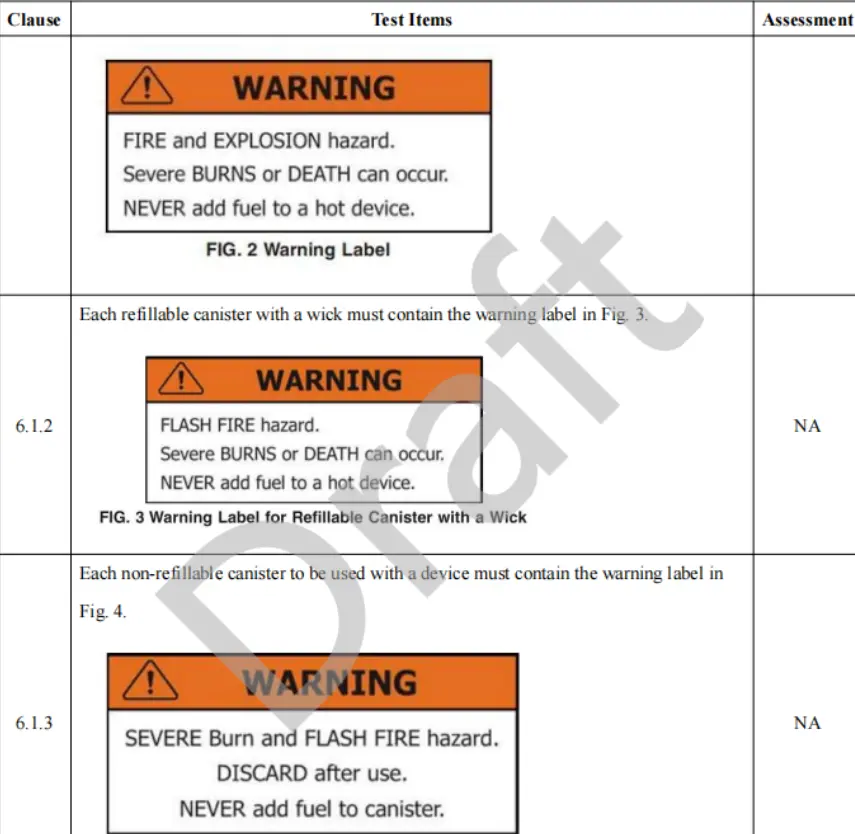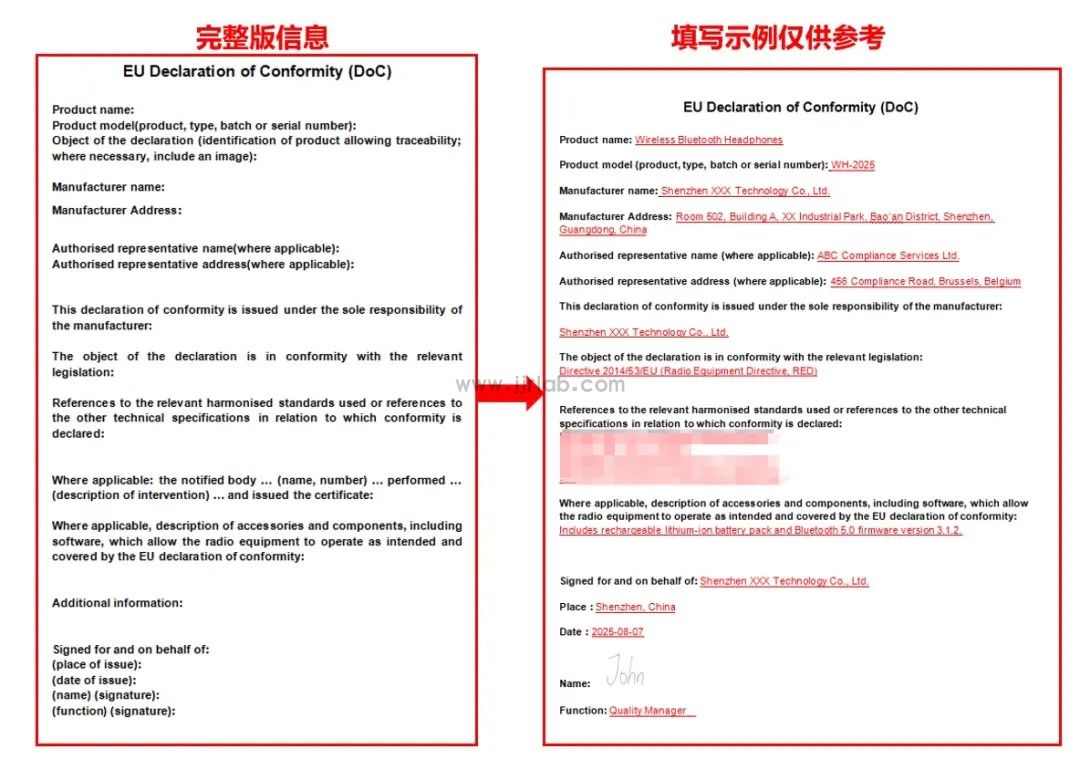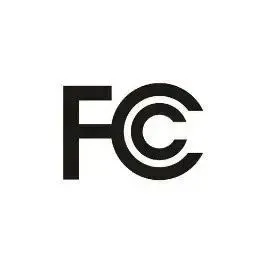
CE Certification for Multimedia Products Exported to Europe
This article summarizes the core CE certification standards required for exporting multimedia products to Europe, helping enterprises quickly understand compliance essentials and accelerate entry into the EU market.

CE Certification Requirements for Multimedia Products in the European Market
As the European market continues to raise its standards for safety, performance, and environmental protection, exporters must ensure that their multimedia products comply with CE certification requirements.
This guide outlines the key EU standards applicable to multimedia products to help enterprises streamline the certification process and successfully export to Europe.
1. Electrical Safety (LVD)
Multimedia products must comply with the low voltage directive (LVD 2014/35/EU) to ensure safe use. Key standards include:
EN 62368-1: Audio/video, information, and communication technology equipment – Safety requirements
en 60950-1: (Transitional standard, referenced for legacy products)
These standards cover protection against electric shock, insulation, overheating, and fire safety, ensuring user protection.
2. Electromagnetic Compatibility (EMC)
To ensure multimedia products operate properly in electromagnetic environments without interfering with other devices, they must comply with the EMC Directive (2014/30/EU):
en 55032: Electromagnetic emissions of multimedia equipment
EN 55035: Immunity requirements for multimedia equipment
en 61000-3-2: Harmonic current emissions limits
EN 61000-3-3: Voltage fluctuation and flicker limits
emc testing confirms that products meet EU regulations and can obtain CE certification smoothly.
3. Electromagnetic Field Exposure (EMF)
To protect users from potential electromagnetic field hazards, multimedia products must undergo EMF assessment:
en 62479: Assessment of low-power electronic devices related to human exposure to electromagnetic fields
en 62311: Assessment of electronic and electrical equipment related to human exposure to electromagnetic fields
Applicable to televisions, audio systems, tablets, gaming consoles, and other multimedia devices.
4. Photobiological Safety (Optional)
Certain multimedia products, such as LED displays and projectors, may involve photobiological safety considerations:
EN 62471: Photobiological safety of lamps and lamp systems
IEC/TR 62778: Guidelines for assessing blue light hazard
These ensure that light exposure during use is safe and does not harm users’ eyes.
5. Energy Efficiency (ErP / Energy Label)
The EU sets energy efficiency requirements for multimedia products:
EU 2019/2021: Energy efficiency requirements for multimedia and IT equipment
EU 2019/2015: Energy labeling requirements
Meeting these standards not only fulfills regulatory obligations but also enhances market competitiveness.
6. Restriction of Hazardous Substances (RoHS)
The EU strictly limits hazardous substances in electronic products:
RoHS 2/3 (2011/65/EU + 2015/863/EU)
EN IEC 63000: Technical documentation for RoHS Compliance
These cover lead, cadmium, mercury, hexavalent chromium, PBB, PBDE, and other hazardous materials, ensuring environmental compliance.
7. Wireless Functionality (e.g., Wi-Fi, Bluetooth, Smart Control)
If a multimedia product includes wireless functions, it must comply with the Radio Equipment Directive (RED 2014/53/EU):
EN 301 489: EMC requirements for radio equipment
EN 300 328: 2.4GHz Wi-Fi/Bluetooth module requirements
EN 62479: Simplified EMF assessment
These ensure wireless functions are safe, compliant, and meet CE certification standards.
Summary of CE Certification Modules for Multimedia Products Exported to Europe
Electrical Safety (LVD)
Electromagnetic Compatibility (EMC)
Electromagnetic Field Exposure (EMF)
Photobiological Safety (Optional)
Energy Efficiency (ErP)
Hazardous Substances (RoHS)
Wireless Functionality (RED, Optional)
Enterprises should select the relevant testing standards based on product type, prepare the necessary technical documentation in advance, and complete CE certification efficiently to accelerate export to the European market.
Email:hello@jjrlab.com
Write your message here and send it to us
 How to get the ASTM F3363 Test Report?
How to get the ASTM F3363 Test Report?
 EU Children's Product Compliance FAQ
EU Children's Product Compliance FAQ
 What is the EU Declaration of Conformity (DoC)?
What is the EU Declaration of Conformity (DoC)?
 What is a UK Authorized Representative?
What is a UK Authorized Representative?
 Food Contact Materials LFGB Compliance
Food Contact Materials LFGB Compliance
 Compliance Test Reports for Export to the US
Compliance Test Reports for Export to the US
 UKCA Certification to Replace CE Compliance in 202
UKCA Certification to Replace CE Compliance in 202
 Does Your Product Need an FCC ID?
Does Your Product Need an FCC ID?
Leave us a message
24-hour online customer service at any time to respond, so that you worry!




